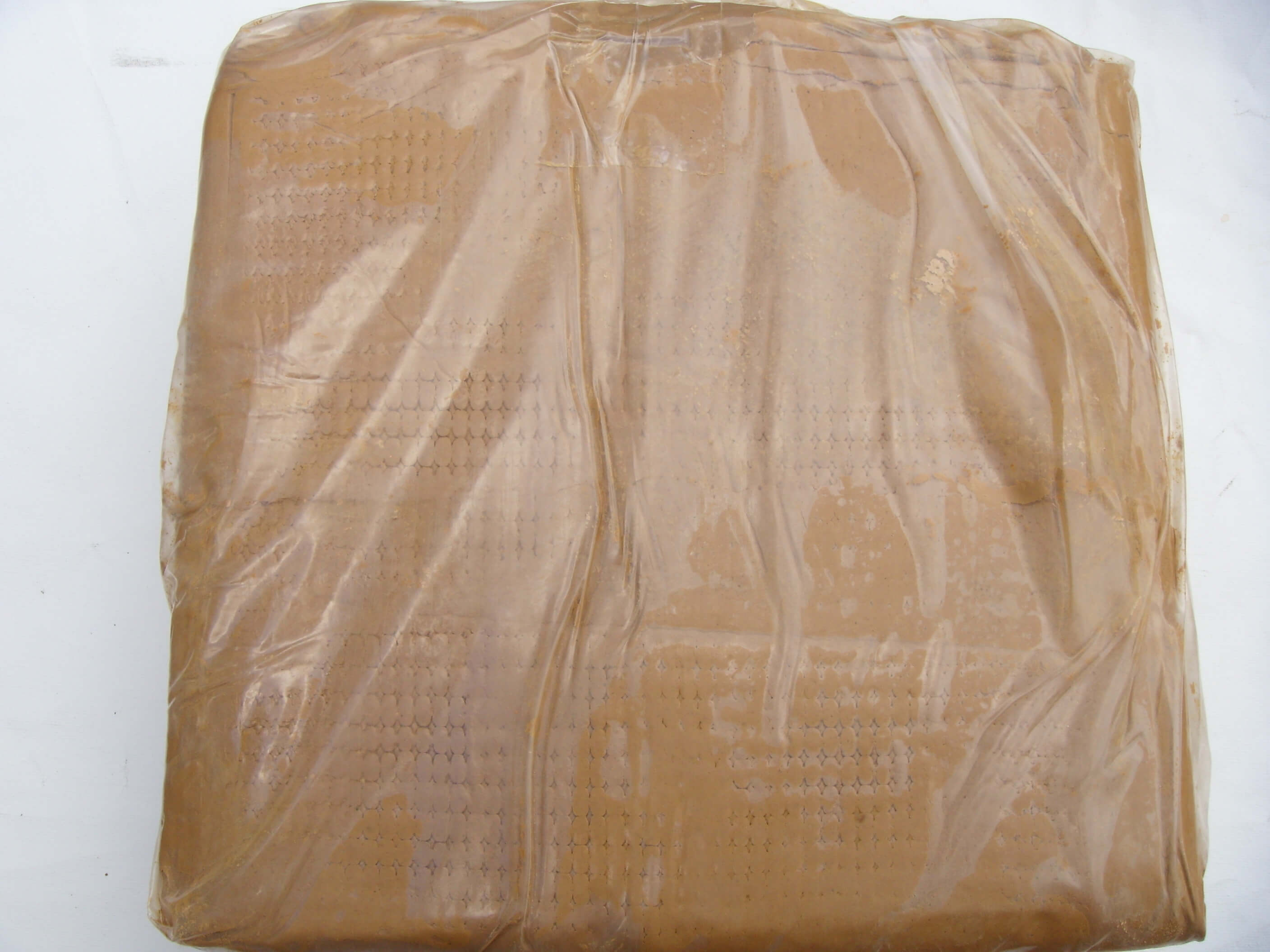The value of art is difficult to assess, and it's even more challenging when you have a piece in your possession that you want to sell. However, many factors are worth considering when determining the value of an artwork, including artist, gallery/dealer, auction house, year(s) created and medium.
In this article, we'll look at some important considerations for assessing the value of an artwork.

Identifying an Art's Value
The first step in assessing the value of an artwork is to identify what that value might be. This can be not easy, as various factors influence the price. Generally speaking, the value of artwork falls into one of four categories:
1) financial return on investment (ROI) - The artwork is primarily judged based on how much money it will return when sold.
2) pleasure of ownership - The artwork's value is primarily determined by the emotional experience and satisfaction of owning and displaying it.
3) historical importance - Art is judged based on its significance to history, art or otherwise. Therefore, the artwork of this type may be more valuable to museums or other institutions than to private collectors.
4) rarity - The artwork is rare and thus commands a high price due to its scarcity.
While each of these categories can be important, no single overriding factor determines the value of an artwork. Therefore, it's essential to consider all four when assessing a piece's value.
Identifying an Art's Medium
One of the first things to consider when assessing the value of an artwork is what medium it's in and the art supplies that may have been used when the art’s still being created. Painting and drawings can be valued based on various factors, including artist, gallery/dealer, condition, size, and year created. Sculptures often increase in value as they approach the artist's lifetime, as the artist can better supervise the production process. Ceramics and glass are valuable but can be more challenging to assess due to fragility.
Who is the Artist?
The artist of an artwork is another critical consideration when assessing its value. Well-known and highly sought-after artists can often command higher prices for their work. To identify an artist's signature, look at the artwork itself and check its title or any other information that may be present about the piece. You can also contact a dealer or gallery selling the painting, as they should provide information about the artist.
The Art's Date of Creation
The year artwork was created is often used as a determining factor in assessing its value. While an older piece is generally more valuable than a newer one, this isn't always the case. Some artists produce their best work late in life, while others have short-lived careers. Therefore, it's essential to consider other factors when assessing an artwork's value, including the medium and the artist's name.
Identifying an Art's Condition
The condition of an art piece is another critical consideration when assessing its value. A work in excellent condition will be more valuable than one that's deteriorated or has been restored. This can be difficult to identify if you are not familiar with artworks, but it may be possible for a professional to locate this information. They may also tell you about the history of the painting, which can also be important when assessing its value.
The Authenticity of an Artwork
In some cases, an artwork's value increases due to its authenticity. For example, a fake Rembrandt would be much less valuable than a genuine work by the artist. In this case, it may make sense to retain the services of an expert for authentication purposes. The price of having an art piece authenticated should be factored into the overall value assessment.
When it comes to assessing the value of an artwork, there are various factors to consider. While no single factor is definitive, it's essential to consider all factors when deciding.
Some of the most important considerations include the artwork's medium, artist, year created and condition.







